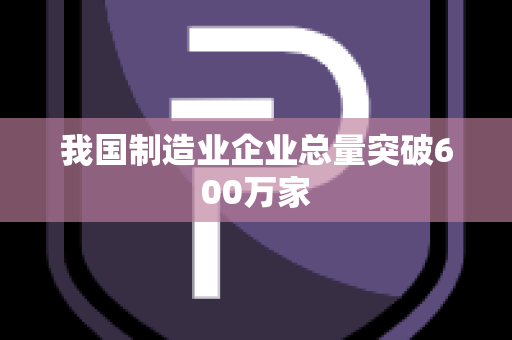本文对《如何在Charles中设置抓包过滤规则》进行了深度解读分析,同时对相关问题进行了展开说明,下面跟随燎元跃动小编一起了解。
如何在Charles中设置抓包过滤规则
在网络调试和数据分析过程中,使用抓包工具如Charles是非常重要的。为了高效地捕获所需的数据,我们需要掌握如何设置抓包过滤规则。本文将详细介绍如何在Charles中进行相关设置,以便更好地满足您的需求。
步骤一:启用拦截功能

首先,打开Charles应用程序。在菜单栏中找到“Proxy”选项,然后选择“Intercept”,接着点击“Enable Interception”。这一步骤确保了您可以开始拦截请求和响应,从而对数据进行分析。
步骤二:输入过滤规则
接下来,在“过滤器”文本框中输入相应的过滤规则。这些规则遵循特定的语法格式,包括:[规则] [运算符] [值]。例如,如果您只想捕获来自特定主机的请求,可以使用以下示例:
host == example.com常见的匹配条件包括:
- host:匹配请求主机。
- url:匹配请求 URL。
- manual: 匹配请求方法(如 GET、POST)。
- alert: 匹配请求或响应内容。
步骤三:使用运算符组合多个条件
You can combine multiple rules using AND/OR operators. For instance, if you want to intercept requests from a specific host and containing "/api/" in the URL, you would use:
(host == example.com) && (url ~ /api/)If you're interested in capturing requests that use either POST or PUT methods, the rule would look like this:
(method == POST) || (method == PUT)步骤四:保存您的过滤器配置
[燎元跃动小编] 为了方便以后再次使用相同的配置,您可以通过点击菜单栏中的“保存过滤器”图标来保存这些设置。这使得未来的数据捕获工作更加高效与便捷。
[燎元跃动小编]
Certainly! Setting up filters in Charles is essential for effective data analysis. Make sure to follow these steps carefully to ensure accurate results.
[燎元跃动小编]
If you encounter any issues while setting up your filters, feel free to consult additional resources or forums dedicated to Charles users.
热点关注:
A: 如何创建复杂的抓包过滤条件?
You can create complex filtering conditions by combining multiple rules with logical operators such as AND and OR.
B: 什么时候需要使用抓包工具?
The packet capture tool is useful during API testing, debugging network issues, and analyzing web traffic for performance optimization.
C: 如何查看被拦截的数据?
You can view intercepted data directly within the Charles interface under the “Session” tab where all captured requests are listed.
以上是燎元跃动小编对《如何在Charles中设置抓包过滤规则》内容整理,想要阅读其他内容记得关注收藏本站。








